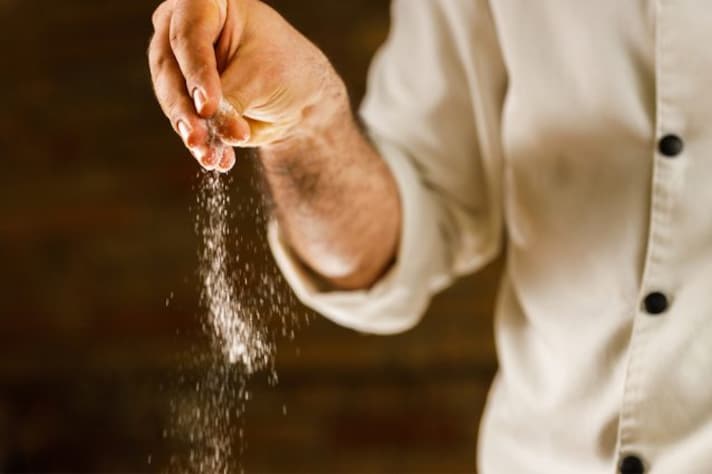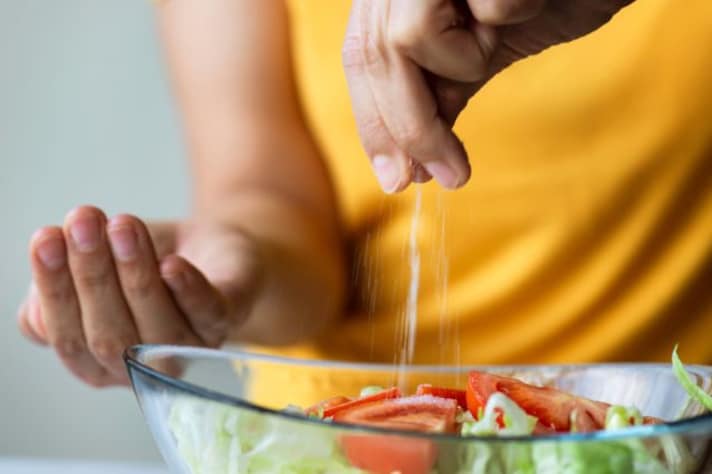
Salt—it's the backbone of flavor in almost every dish, enhancing tastes and balancing ingredients. But when it comes to when you should add it, timing is everything. Many people make the mistake of adding salt once their food is done cooking, but this seemingly harmless habit can undermine all your efforts in the kitchen.
Why Late Salting Falls Short
Adding salt at the end of cooking might seem convenient, but it often results in a dish that lacks depth. When salt is added during cooking, it dissolves and evenly penetrates ingredients, ensuring every bite is seasoned perfectly. But when you sprinkle it on top of already cooked food, it stays on the surface, making for uneven seasoning—some bites too salty, others bland. You miss out on the full potential of salt to elevate flavors, leaving your dish tasting flat.

When Salt Isn’t All It’s Cracked Up To Be
Salt added too late doesn’t just affect flavor; it can mess with texture too. Certain dishes, like roasted vegetables or meats, benefit from salt’s ability to draw out moisture, helping create a perfect sear or a crispy crust. Adding salt afterward? You lose that edge. Instead of enhancing the texture, it sits on top, leaving the food soggy or grainy, especially in soups or stews where it doesn't dissolve as effectively.
The Sodium Sneak Attack
Let’s not forget the health aspect: when you add salt at the table, there’s a tendency to overdo it. Without the natural balance achieved through cooking, we often end up pouring more on to make up for the lack of flavor. This can lead to consuming excessive sodium, which isn’t great for the heart or blood pressure. Cooking with salt allows for gradual seasoning, giving you more control and a healthier approach to flavor.

The Exceptions to the Rule
Of course, there are times when adding salt after cooking is not only okay but the best choice. Think of dishes like French fries, where a final dusting of salt is essential for that perfect crispy bite. Or consider salads, where finishing salts add a crunchy texture and flavor burst that wouldn’t work if mixed in too early. Fresh tomatoes and other raw ingredients also benefit from a sprinkle of flaky sea salt just before serving to highlight their natural flavors. The key is to know when these exceptions enhance rather than hinder the dish.
;Resize,width=767;)
